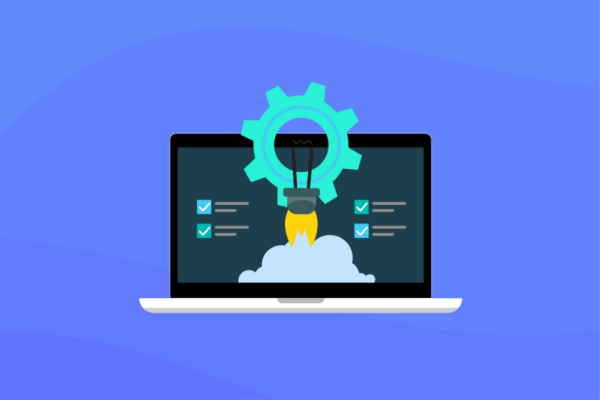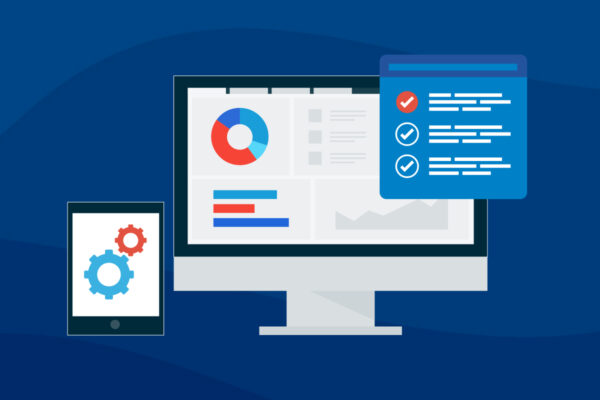Using Custom Monitoring in Datto RMM to Enhance Workstation Management
Jeff Dryall is a Sr. Solutions Engineer at Datto, Inc. He is based in our Toronto, Canada office and helps Datto partners use our solutions effectively to improve their service delivery.
There are many facets to leveraging a remote monitoring and management (RMM) tool effectively. From monitoring, reporting, and real-time, customized alerts to automated patching and near-full remote control of any IT environment, RMM tools are invaluable for managed service providers (MSPs). However, they can be overwhelming. So, it is essential to identify what is important to you and your clients, and leverage the tool sets available to you as effectively as possible.
In this blog, we’ll discuss how to use customized and default monitoring in Datto RMM to increase insight into devices you are monitoring and managing. You’ll learn how to leverage this information to make better decisions on how to handle specific alerts and increase efficiency. The number of clients and devices that you intend to support will determine the configuration you need in order to be effective.
Getting Started with Monitoring Alerts
To start the process, ask yourself the following: What data points are important to you? What is important for your clients? For example, hard drive capacity alerts on workstations may not be necessary for one client, while it may be imperative for others.
Start with discussions with your clients to identify where they have had problems in the past. This will help you to understand their specific needs and how you can help.
Monitoring with Datto RMM
Datto RMM has many preconfigured monitoring policies to help get you started on your journey to improving device management. Although we work to give you a starting point, every MSP has different needs. Leveraging some of the core monitor types already in Datto RMM and combining them with component monitors and the predefined monitors in the policy can help you generate more useful information from the devices you’re managing. Here are some component monitors I would recommend applying to your default policy:
- Memory Monitor: Setting a memory monitor to alert you when a device has full memory (i.e: 100% for 20 minutes) can be a great indicator that an end-user might be ‘suffering’ as a result of poor endpoint performance.
- CPU Monitor: Similar to the above, knowing when a CPU is working too hard for too long allows you to correct a poor user experience with a hardware upgrade.
The following additional component monitors are available free inside the Datto RMM ComStore:
- SMART Disk Monitor: Gain insight into hardware problems so you can replace a hard drive before it completely fails.
- Bandwidth Monitor: An excellent way to keep tabs on the actual internet performance experienced by the end user.
- Print Spooler Monitor: Have your customers ever experienced print spooler related issues? This will tip you off that there might be a problem.
- CPU Temperature: An informative data point that will help you understand the physical status of a given workstation. Sometimes workstations are tucked away under a desk without proper ventilation, or perhaps a fan has failed thus the device is getting too hot.
- Bitlocker Status: When combined with a recovery key retrieval script (if required), this delivers insight and alerts on the Bitlocker status of any device.
- USB Drive Detection Monitor: A common tactic to break into systems is by running ransomware off external storage devices. This component monitor will help detect and prevent this type of attack. There is a similar script in Datto RMM that will block that capability completely.
There are no ‘right’ or ‘wrong’ ways to monitor data within a client’s computer network environment. Although there indeed may be many industry standards out there, that does not mean that those standards are applicable to your particular clientele. It’s not the industry that determines what is important but rather meeting the needs of your clients in your geo-marketplace.
Customizing your monitors enables you and your technicians to spend your time efficiently and address the needs of your clients proactively—fixing issues before failures occur. After all, this is why you chose to invest in an RMM tool in the first place, isn’t it?
To learn more about how Datto RMM can improve your service delivery, schedule a free demo today.




